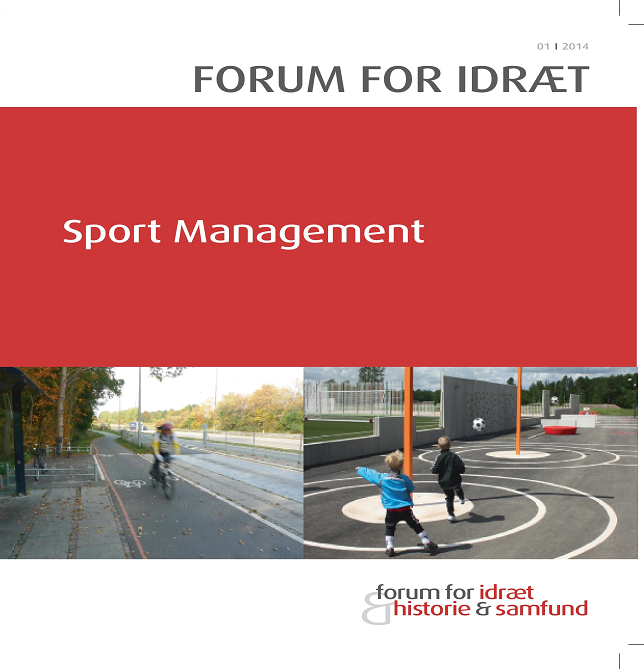Planlægning af motion- og idrætsanlæg med brug af evidens
DOI:
https://doi.org/10.7146/ffi.v30i1.31970Resumé
Planlægning af motion- og idrætsanlæg med brug af evidens (Planning of sport and recreational schemes with implementation of evidence)
The general health of the Danish population has over the last decades been an important topic in Denmark, and the subject is not getting less important, as the development of lifestyle diseases continues to increase. This increasing public emphasis on general health is reflected also in contemporary architecture, where new projects and construction plans within cultural and sport schemes often have great visions to improve the general health conditions in the population today. Traditional methods are often used in the process of development, and therefore the question is if the visions can be accomplished in new schemes? Evidence is described as the missing tool before architecture can evolve in response to the present conditions. There are many ways to assemble evidence. Some examples include evaluation of projects, data collection or research in other disciplines, such as sociology, health sciences and natural sciences. Scientists have put focus to the lack of connection between the operating architects and the academic environment at the university, and the book Design Informed points out that there is no use of evidence in the process of planning today. Therefore the newest research does not reach the operating architects and new projects are designed using traditional methods. The purpose of this article is to discuss different methods to secure that the newest evidence; research and knowledge from other sciences are transferred and used in the planning of new projects involving sport and recreation.
Downloads
Publiceret
Citation/Eksport
Nummer
Sektion
Licens
Forfattere, der publicerer deres værker via dette tidsskrift, accepterer følgende vilkår:
- Forfattere bevarer deres ophavsret og giver tidsskriftet ret til første publicering, samtidigt med at værket er omfattet af en Creative Commons Attribution-licens, der giver andre ret til at dele værket med en anerkendelse af værkets forfatter og første publicering i nærværende tidsskrift.
- Forfattere kan indgå flere separate kontraktlige aftaler om ikke-eksklusiv distribution af tidsskriftets publicerede version af værket (f.eks. sende det til et institutionslager eller udgive det i en bog), med en anerkendelse af værkets første publicering i nærværende tidsskrift.
- Forfattere har ret til og opfordres til at publicere deres værker online (f.eks. i institutionslagre eller på deres websted) forud for og under manuskriptprocessen, da dette kan føre til produktive udvekslinger, samt tidligere og større citater fra publicerede værker (se The Effect of Open Access).





